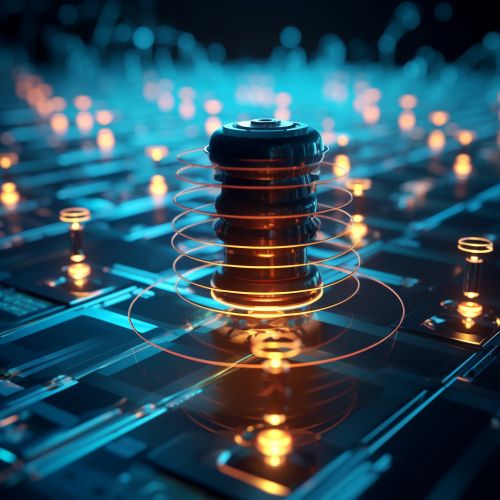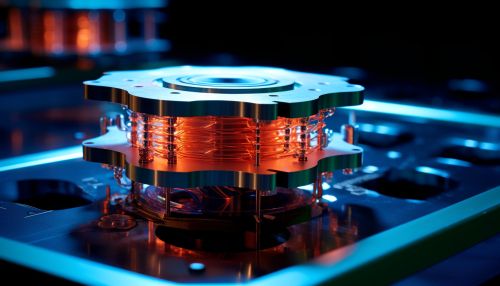Advances in Understanding the Quantum Spin Hall Effect
Introduction
The Quantum Spin Hall Effect (QSHE) is a quantum state of matter that is a direct consequence of quantum mechanics and time-reversal symmetry. It was first predicted in 1980 by the physicist F. Duncan M. Haldane, and has since been the subject of extensive research due to its potential applications in quantum computing and spintronics.


Quantum Mechanics and Time-Reversal Symmetry
In quantum mechanics, the spin of a particle is a type of intrinsic angular momentum that is separate from the angular momentum due to its motion. It is a fundamental property of quantum particles, and can take one of two values: up or down. Time-reversal symmetry, on the other hand, is a fundamental symmetry of the laws of physics. It states that the laws of physics are the same whether time is moving forward or backward.
In the context of the QSHE, time-reversal symmetry ensures that electrons with opposite spins move in opposite directions along the edge of a topological insulator. This results in a net spin current, even though there is no net charge current.
Topological Insulators and the QSHE
Topological insulators are a unique phase of matter that have insulating interiors but conductive surfaces. They were first predicted in the 1980s, and were experimentally discovered in the late 2000s. The conductive surfaces of topological insulators are due to the presence of topologically protected edge states, which are immune to backscattering and localization.
The QSHE is a unique property of topological insulators. In a system exhibiting the QSHE, electrons with opposite spins move in opposite directions along the edge of the system. This results in a net spin current, even though there is no net charge current.
Experimental Observations of the QSHE
The QSHE was first experimentally observed in 2007 in mercury telluride (HgTe) quantum wells. Since then, it has been observed in a variety of other materials, including bismuth-based topological insulators and graphene.
The experimental observation of the QSHE is a challenging task, as it requires the ability to measure the spin polarization of a current. This is typically done using a technique called spin-resolved quantum Hall measurements, which involves applying a strong magnetic field to the system and measuring the Hall resistance as a function of the magnetic field strength.
Potential Applications of the QSHE
The QSHE has potential applications in a variety of fields, including quantum computing and spintronics. In quantum computing, the QSHE could be used to create topologically protected qubits, which are immune to decoherence. In spintronics, the QSHE could be used to create devices that use the spin of electrons, rather than their charge, to carry information.
Future Directions
Despite the significant progress that has been made in understanding the QSHE, there are still many open questions that need to be addressed. For example, it is still not fully understood how the QSHE can be induced in materials that do not naturally exhibit topological insulator behavior. Additionally, more research is needed to understand how the QSHE can be exploited for practical applications.
